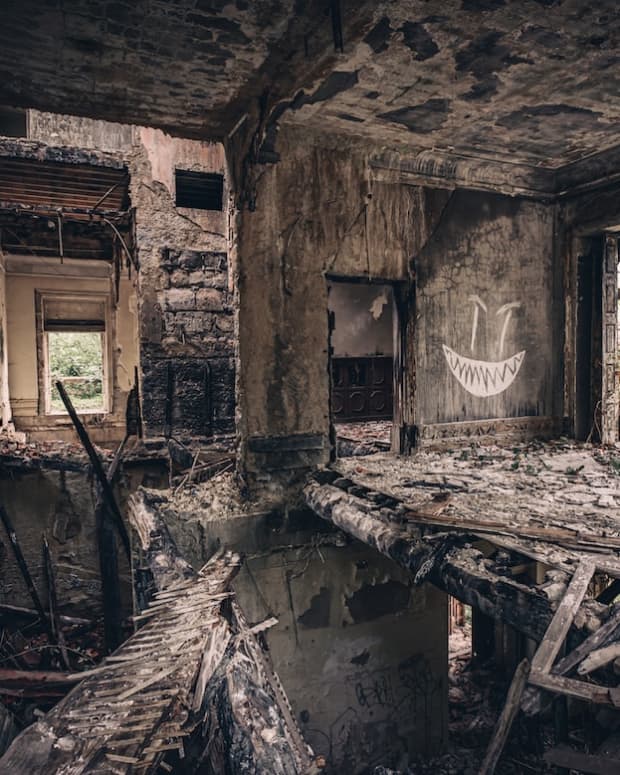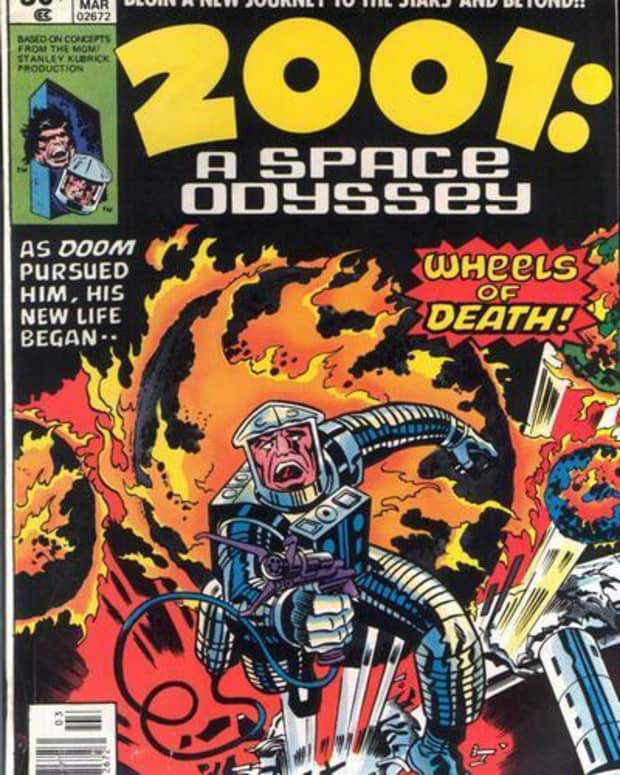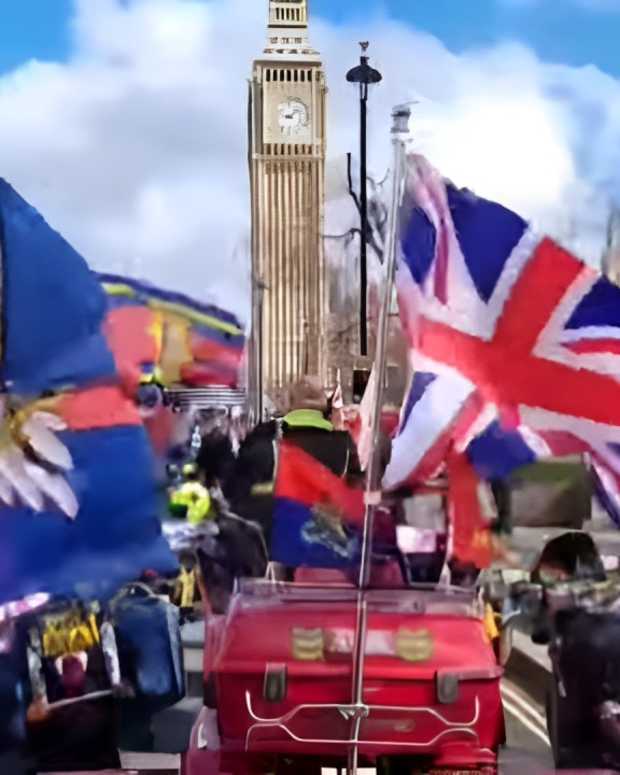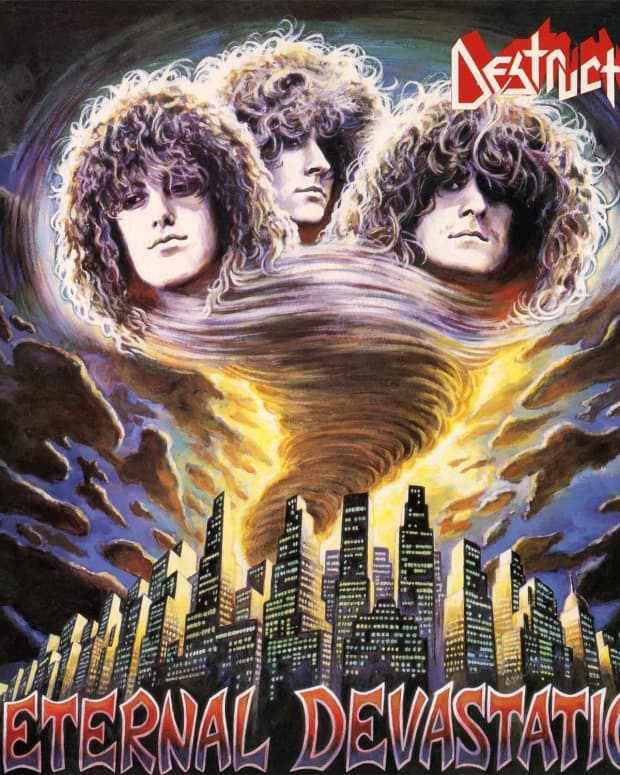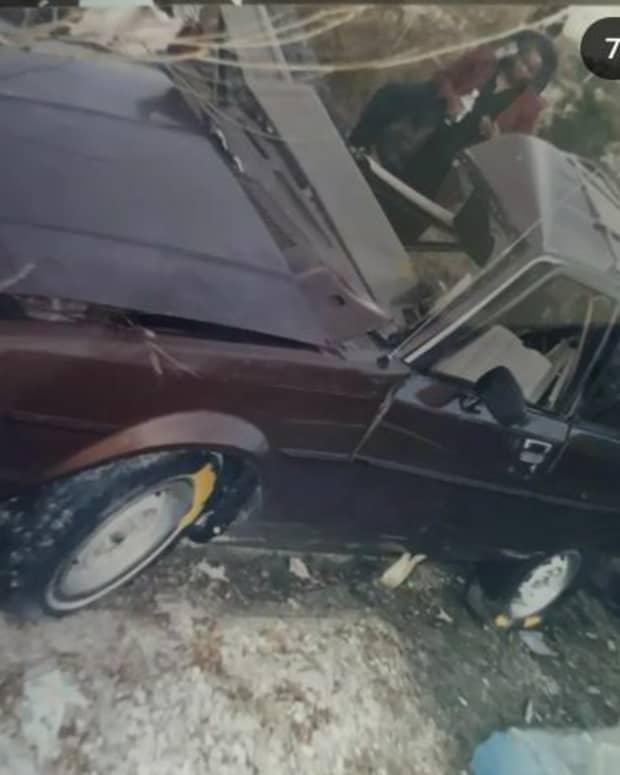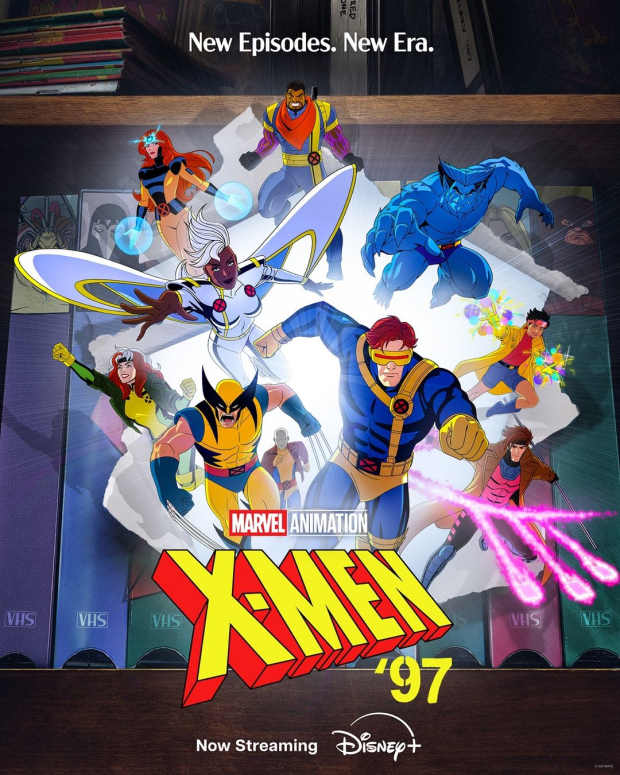Review of Neon City (1991)

Blue-Ray cover of Neon City
https://entertainment-factor.blogspot.com/2023/11/neon-city-1991-bluray-michael-ironside.html
In the Year 2053 If Man Is Still Alive
In the post-apocalyptic North America of 2053, bounty hunter Harry Stark (Michael Ironside) has caught Reno (Vanity), an alleged murderer and arsonist. In order to collect on his bounty, however, Stark is coerced by the authorities in the frontier town of Jericho to help protect a transport bound for Neon City. The futuristic, combat-ready Greyhound Bus driven by Bulk (Lyle Alzado), a former partner of Stark’s that he arrested, and the transport is also carrying a second-rate showman (Richard Sanders), the daughter of a Neon City socialite (Juliet Landau), a quiet academic (Arsenio “Sonny” Trinidad), a physician (Nick Klar), and a singer (Valerie Wildman) who has a past with Stark. None of the passengers are what they appear, and their identities start to slip as the transport encounters mutants, raiders living in the uncontrolled territories, radioactive Xander Clouds, and unpredictable zones of intense UV radiation called “brights.” When their expected, additional escort does not arrive to meet them, the group has to risk it all in a dash to Neon City where salvation and judgement await.
Warriors on the Road
The movie mostly plays everything straight, so while not amazing, it is all in working order and does not embarrass itself. Worldbuilding is handled as the story requires it and often avoids exposition dumps or complications that have no bearing on the plot or characters. The chase and action sequences are competent but not astounding. Much of the tension comes from the relationships and secrets among the characters in the transport and how they cause friction among the group even as the travelers are assailed from without by human and inhuman threats. The pacing starts to drag as Neon City reaches the third act, when the plot slows way down for a gratuitous bathing montage and love scene that has little in the way of chemistry or preamble. Likewise, the ending comes across as a bit rushed and not especially satisfying, but it also does not stumble and fall flat on its face.
All the performances work well enough, but anyone in the audience hoping Michael Ironside will do some fierce scenery chewing will instead have to seek it in Scanners (1981), Total Recall (1990), Highlander II: The Quickening (1991), or Starship Troopers (1997). If there is a weak link, other than Michael Ironside's hairpiece, it is Vanity who has a kind of charisma but also comes across as too glamorous for the setting, and she cannot really sell her character’s backstory or survivalist competence.

Still image from a scene during the opening of Neon City that features some of the raiders from the wastelands.
Wagon Train to the Stars
Neon City is a movie for anyone in the mood for a modestly budgeted Mad Max knockoff with early 1990s practical effects and camera work. Fans of the Fallout and Wasteland franchises will also find something to enjoy here even if this movie lacks some of the weirdness, absurdity, and satire found in those properties. In truth, the science-fiction elements of Neon City are all on the surface. Structurally and tonally, it has much more in common with Westerns. Just as Battle Beyond the Stars (1980) is to The Magnificent Seven (1960) and Seven Samurai (1954), and Steel Dawn (1987) is to Shane (1953), so Neon City (1991) is to Stagecoach (1939). If such a comparison sounds appealing, then Neon city is worth a viewing, especially with its reasonable 100-minute runtime.
Source
Neon City. Directed by Monte Markham, performances by Michael Ironside, Vanity, Lyle Alzado, and Nick Klar, Little Bear Films and Kodiak Films, 1991.
This content is accurate and true to the best of the author’s knowledge and is not meant to substitute for formal and individualized advice from a qualified professional.
© 2024 Seth Tomko









